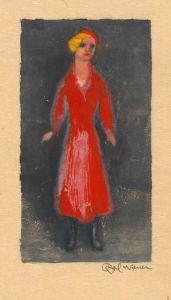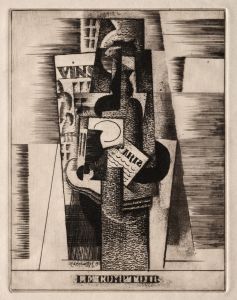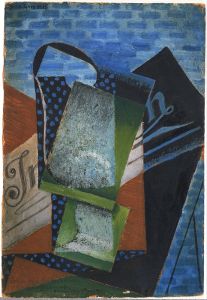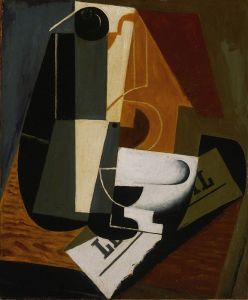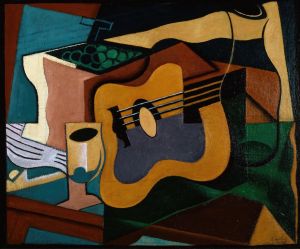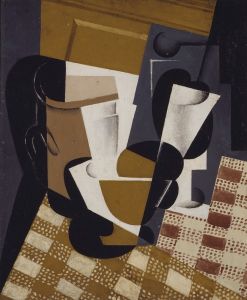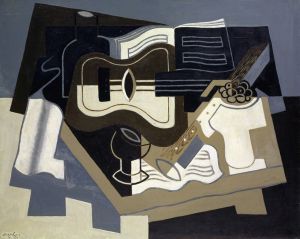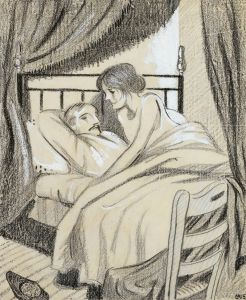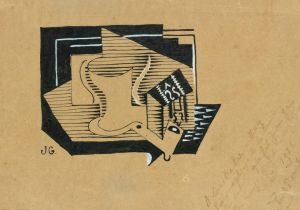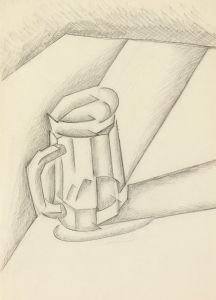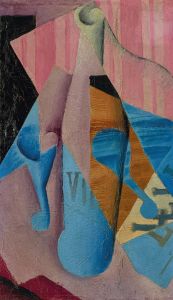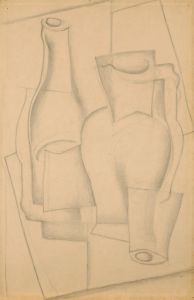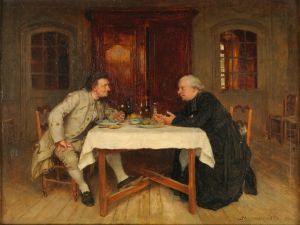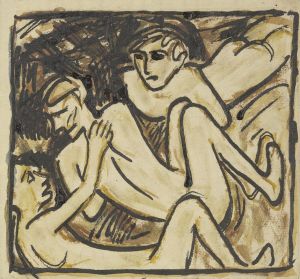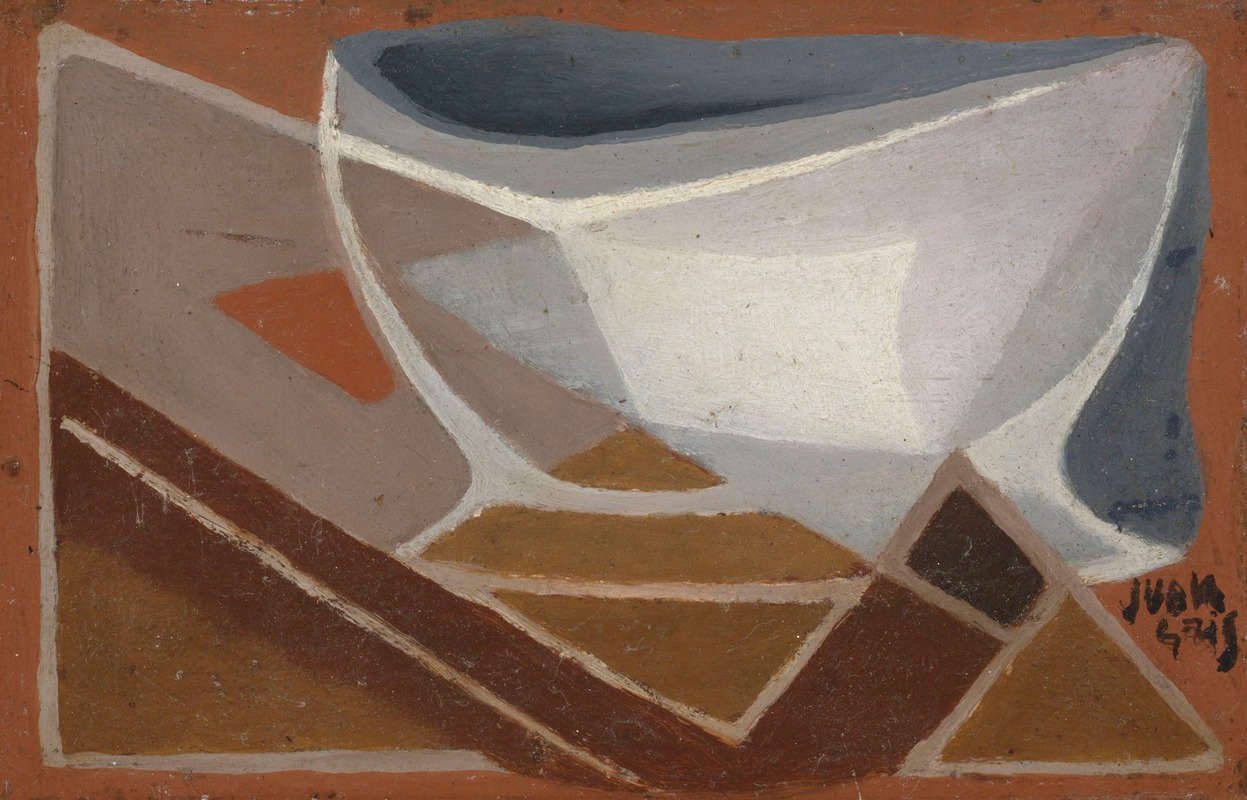
Bol et pipe
A hand-painted replica of Juan Gris’s masterpiece Bol et pipe, meticulously crafted by professional artists to capture the true essence of the original. Each piece is created with museum-quality canvas and rare mineral pigments, carefully painted by experienced artists with delicate brushstrokes and rich, layered colors to perfectly recreate the texture of the original artwork. Unlike machine-printed reproductions, this hand-painted version brings the painting to life, infused with the artist’s emotions and skill in every stroke. Whether for personal collection or home decoration, it instantly elevates the artistic atmosphere of any space.
"Bol et pipe" (Bowl and Pipe) is a painting by the Spanish artist Juan Gris, created in 1918. Juan Gris, born José Victoriano González-Pérez, was a prominent figure in the Cubist movement, which was characterized by fragmented and abstracted forms. Gris's work is noted for its clarity, precision, and use of geometric shapes, and "Bol et pipe" is a quintessential example of his mature style.
The painting depicts a still life composition, a common subject in Gris's oeuvre. In "Bol et pipe," Gris employs a restrained color palette, primarily using shades of brown, gray, and white, with subtle touches of other colors to create depth and contrast. The composition features a bowl and a pipe, along with other objects that are rendered in a fragmented, geometric manner typical of Cubism. The objects are arranged on a table, and Gris uses overlapping planes and facets to give the illusion of three-dimensionality on a two-dimensional surface.
Gris's approach to Cubism was distinct from that of his contemporaries, such as Pablo Picasso and Georges Braque. While Picasso and Braque often used a more monochromatic palette and focused on the deconstruction of form, Gris introduced a more systematic and structured approach to his compositions. He was known for his meticulous attention to detail and his ability to balance abstraction with a sense of order and harmony.
"Bol et pipe" exemplifies Gris's technique of synthetic Cubism, where he synthesized different viewpoints of the objects into a cohesive whole. This method allowed him to explore the relationships between shapes, colors, and textures in a way that was both analytical and aesthetically pleasing. The painting reflects Gris's interest in the interplay between reality and abstraction, as well as his fascination with everyday objects and their representation in art.
Throughout his career, Juan Gris contributed significantly to the development of Cubism, and his works have been celebrated for their intellectual rigor and visual sophistication. "Bol et pipe" is a testament to his skill as a painter and his innovative approach to the Cubist style. The painting is held in high regard within the art community and is part of several important collections, showcasing Gris's enduring influence on modern art.
In summary, "Bol et pipe" by Juan Gris is a notable example of Cubist still life painting, demonstrating the artist's unique approach to form, color, and composition. Created in 1918, the work highlights Gris's contributions to the Cubist movement and his ability to transform everyday objects into complex, abstracted forms.





